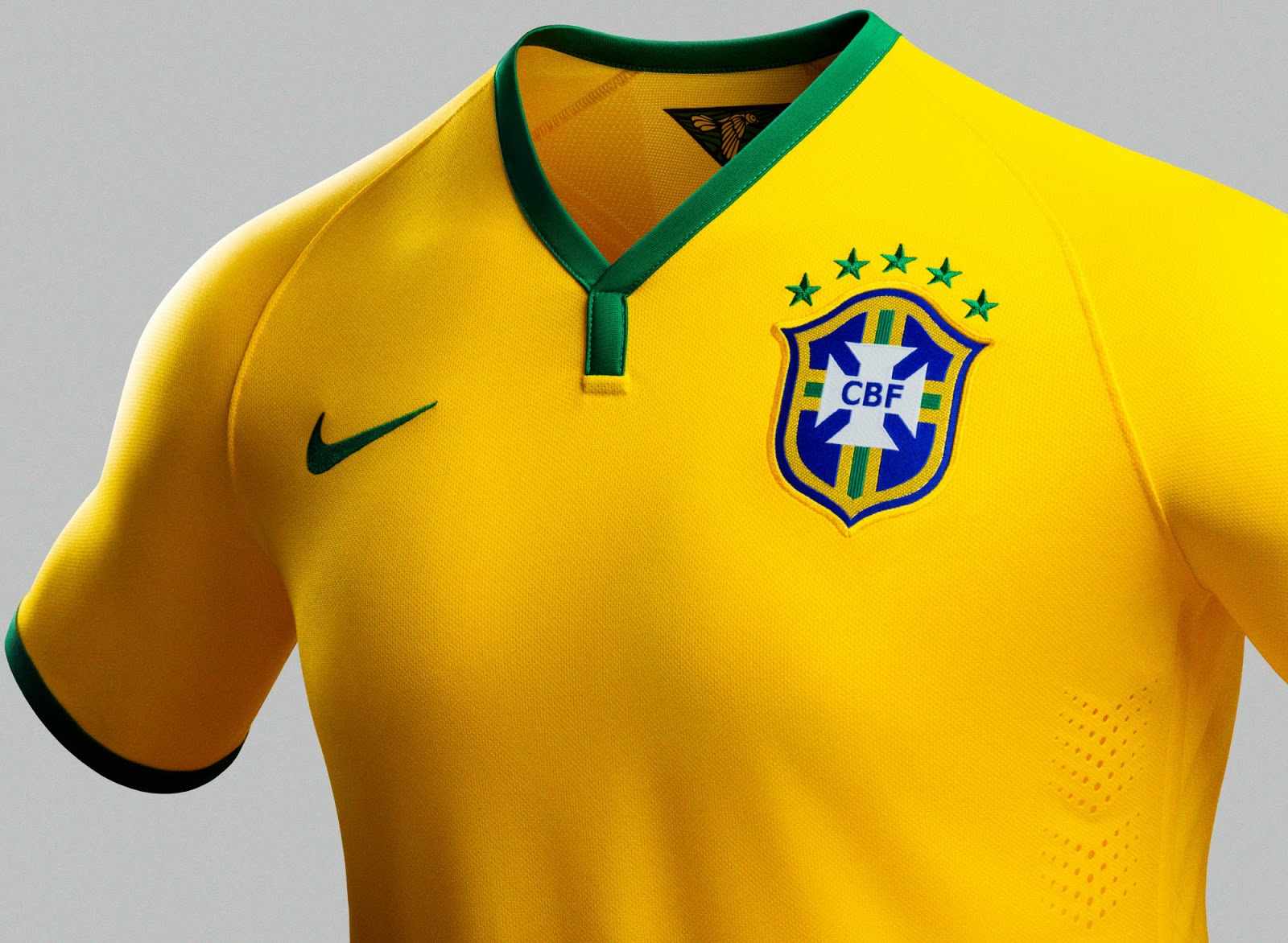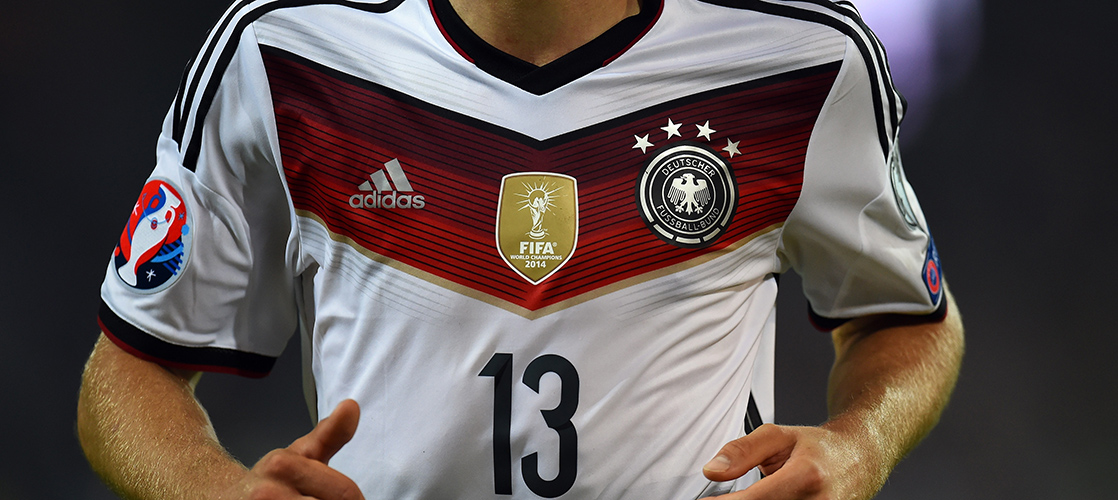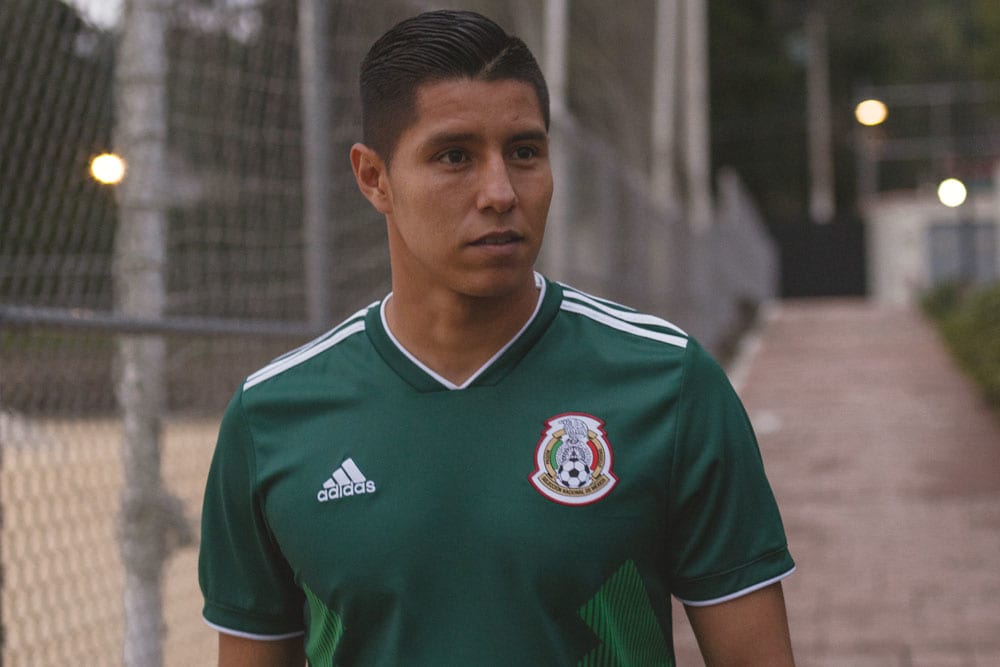Every four years, a soccer pitch becomes the world’s axis. The dreams and triumphs and frustrations of nations get pinned to the fates of 32 teams. People stop working, studying – breathing even – as they don their team’s jersey with pride and watch the ball roll.
With so many eyes trained on the field, it’s only natural that the look of a team’s jersey is pretty important. After all, there is perhaps no item of clothing that more universally represents a nation’s identity. And when it comes to World Cup kits, there are decades of traditions and specific visual cues that each country has developed; details in the crest, the colors, the collars, the fabric.
One of the most special of these details is the star – a symbol that only some teams get to rep on the jersey. Often found in or beside the crest, these stars symbolize a team’s World Cup wins.
The tradition of teams incorporating stars began back in 1970, when Brazil added three stars above their badge after winning their third World Cup tournament.

In subsequent years, all World Champions have followed suit, the most recent of which was Germany, which added a star in 2014 to the three they already had.

Germany’s stars may be looming large in the minds of El Tri fans, after Mexico was drawn into the Group of Death, where they will have to face off against the defending World champs. But with Juan Carlos Osorio on board, La Selección is hoping they’ll be able to finally get into the quarterfinals, and fans – including the official beer sponsor Estrella Jalisco – will be rooting for Mexico to finally add an estrella of their own to their World Cup badge (pun intended).
If you could add a star for the El Tri jersey, where would you put it? Above the badge or in the crest? Let us know in the comments below.







